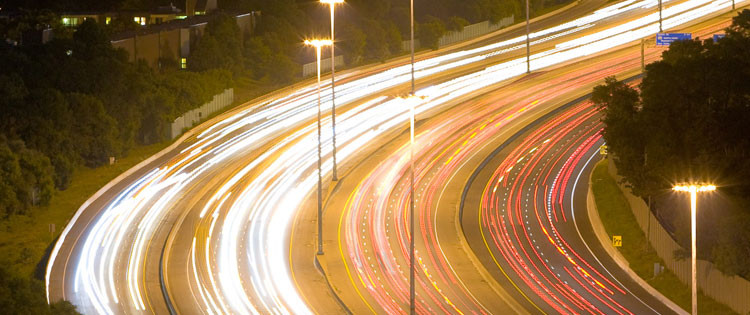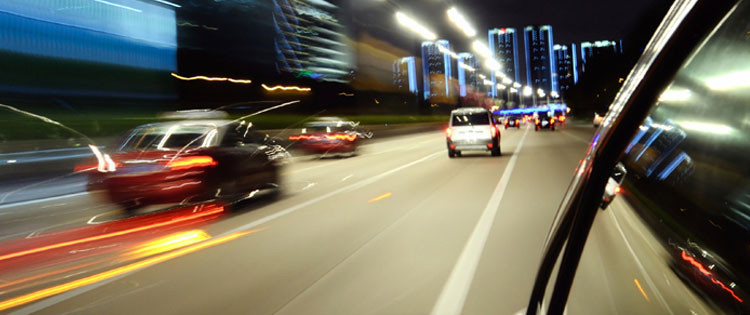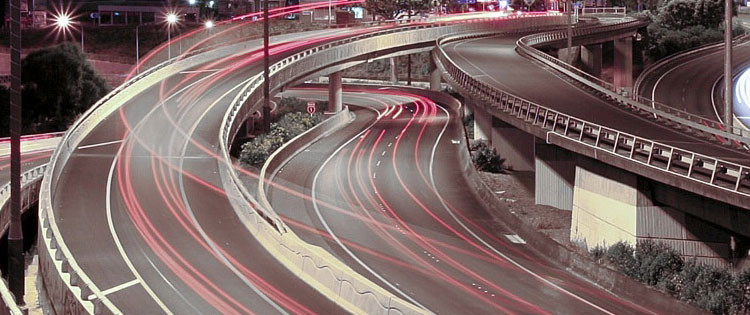Link to article here.
Update: Bob Hall did edge out incumbent Senator Bob Deuell by 300 votes.
Power shift in Texas election to benefit anti-toll cause
By Terri Hall
Examiner.com
May 27, 2014
It was another great night for the anti-toll cause in Texas. Today was the Republican primary run-off election and voters toppled the incumbent David Dewhurst, replacing him with tea party favorite State Senator Dan Patrick for the powerful Lt. Governor seat. The campaign got downright nasty with Dewhurst hurling mud about Patrick’s past mental health challenges that dated back thirty years into the past, drudging up Patrick’s attempted suicide to try to win votes. It clearly didn’t work. Patrick beat Dewhurst 65%-35%.
Two more tea party favorites also won statewide office easily, perhaps on Patrick coattails: Ken Paxton beat Dan Branch for Attorney General and Sid Miller beat Tommy Merritt for Agriculture Commissioner. Newcomer and tea party leader Konni Burton cleaned up the senate seat vacated by Democrat Wendy Davis in Senate District 10, which is a pick-up for the GOP if she wins in November. Burton was also one of the top anti-toll candidates tonight.
A remarkable race to watch this election night was the nail biter between incumbent State Senator Robert Deuell versus dark horse tea party candidate Bob Hall in District 2. At one point, there was only one vote separating these two and no clear winner as of 10 PM. Deuell also used dirty tactics misrepresenting the court record in Hall’s divorce case from decades earlier, accusing him of being a wife beater when, in fact, the court exonerated him from all charges made by his ex-wife. Expect a recount in that race.
But there were notable losses, too. Newcomer Ryan Sitton beat former State Representative and conservative Wayne Christian for Railroad Commission, which regulates the oil & gas industry. John Wray edged out grassroots favorite TJ Fabby by just 5-percentage points in the open seat vacated by State Representative and powerful Appropriations Committee Chair Jim Pitts in House District 10.
Conservative sweep
What does all this mean to taxpayers? New conservative leadership in the Senate. Typically, the Texas House is more conservative than the Texas Senate, and conservatives counted on the House to stop bad bills. Now the roles may be reversed. The wild card is whether State Rep. Scott Turner will prevail in the Speaker’s race when the legislature comes into session next year, which would make both chambers decidedly conservative and a total political upset against the GOP-crony capitalist establishment.
Under Dewhurst’s leadership, Texans experienced a massive shift away from an affordable gas tax funded freeway system to a reliance on tolling (just about everything that moves). The Perry-Dewhurst regime brought us the Trans Texas Corridor, quick take eminent domain, tolling existing freeways, handing our public roads to private toll corporations who charge Texans 95 cents a mile to drive, and using gas taxes and a host of public money to subsidize and guarantee the loans on toll roads. They took Texas from zero debt for roads to now the highest road debt in the nation at $31 billion (in principle and interest).
Closing this chapter of Texas’ transportation history is a Texas-sized step in the right direction. Though Patrick has a poor voting record on transportation, he reached out to anti-toll groups like Texans Uniting for Reform and Freedom, which gave him an ‘F’ on their 2013 Report Card. Then, he went on to earn a ‘B’ in their 2014 Voter Guide, and Patrick signed onto their legislative agenda and promised to work with the grassroots to make things right. He also earned Texans for Toll-free Highways endorsement in the race.
With many new, more conservative senators joining Patrick in his inaugural session as Lt. Governor, like Van Taylor moving over from the House to fill the seat vacated by Paxton and possibly stalwart anti-toll hero Lois Kolkhorst in the seat vacated by Glenn Hegar who won Comptroller, 2015 may well be the year of transportation in the Texas legislature.
Road funding is heading off a fiscal cliff when the Texas Department of Transportation’s budget that has been propped up with mounds of debt disappears. The state’s gas tax has been frozen at 20-cents/gallon for 20 years and revenues have remained flat even with 1,000 new residents moving to Texas per day. Current House Speaker Joe Straus just announced his plans to introduce a budget to end the 80-yr raid of gas tax for non-transportation purposes. But other diversions like the 25% of gas tax that goes to education ($750 million/yr) and the vehicle sales tax ($3.3 billion/yr) that goes to general revenue still remain. These diversions need to be addressed in order to ensure Texas’ public road system is sufficiently funded.
If Patrick goes on to win in November, who he assembles as his committee chairs and transportation team will signal whether or not he’s serious about reforms and righting this ship that’s been run aground by his predecessors. Despite the grassroots gains from this election cycle, all politicians, regardless of party, must be held accountable for their campaign promises. Our freedom to travel, cost of goods, cost of living, and quality of life depend on it.




